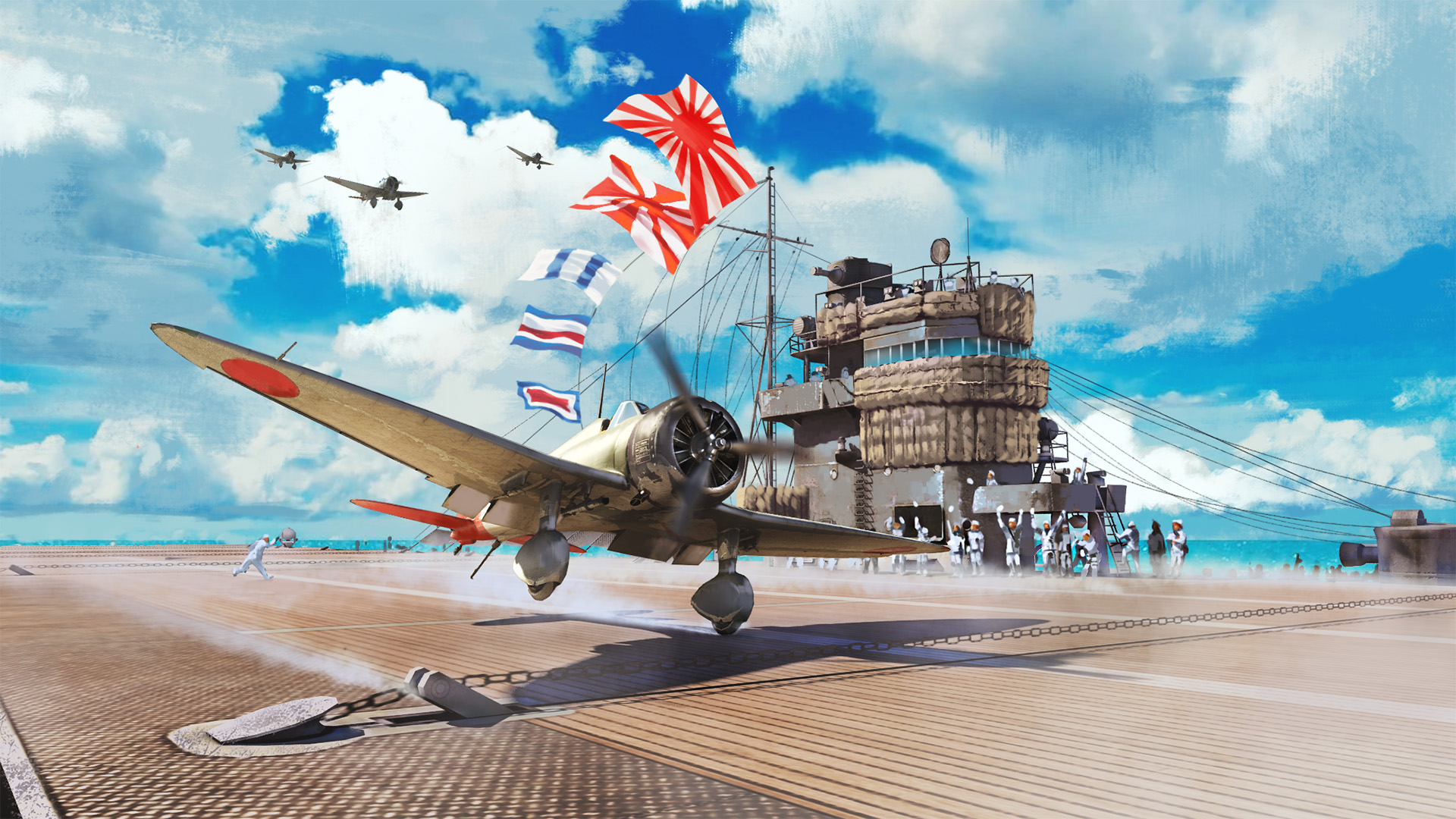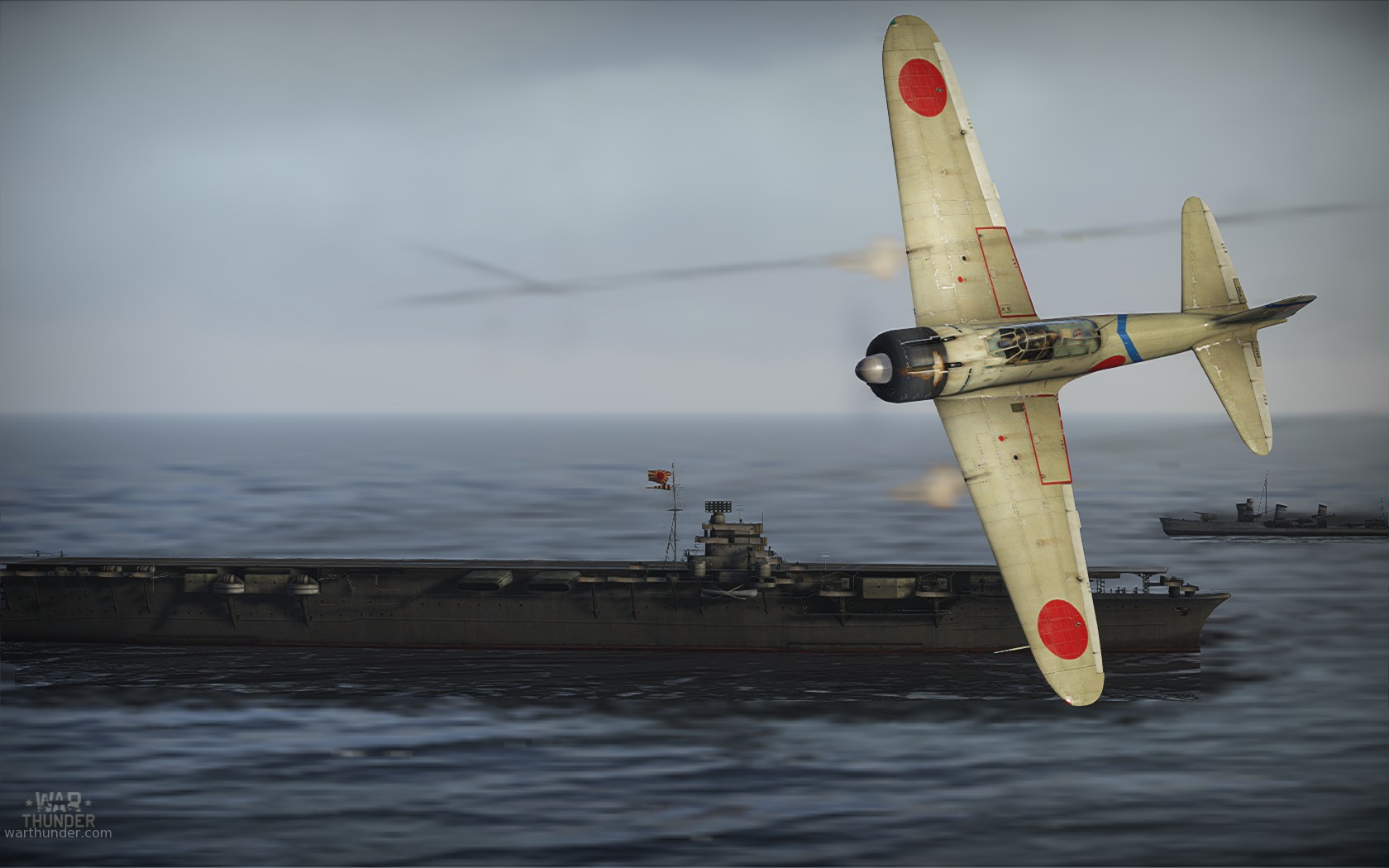
- For PC
- For MAC
- For Linux
- OS: Windows 7 SP1/8/10 (64 bit)
- Processor: Dual-Core 2.2 GHz
- Memory: 4GB
- Video Card: DirectX 10.1 level video card: AMD Radeon 77XX / NVIDIA GeForce GTX 660. The minimum supported resolution for the game is 720p.
- Network: Broadband Internet connection
- Hard Drive: 17 GB
- OS: Windows 10/11 (64 bit)
- Processor: Intel Core i5 or Ryzen 5 3600 and better
- Memory: 16 GB and more
- Video Card: DirectX 11 level video card or higher and drivers: Nvidia GeForce 1060 and higher, Radeon RX 570 and higher
- Network: Broadband Internet connection
- Hard Drive: 95 GB
- OS: Mac OS Big Sur 11.0 or newer
- Processor: Core i5, minimum 2.2GHz (Intel Xeon is not supported)
- Memory: 6 GB
- Video Card: Intel Iris Pro 5200 (Mac), or analog from AMD/Nvidia for Mac. Minimum supported resolution for the game is 720p with Metal support.
- Network: Broadband Internet connection
- Hard Drive: 17 GB
- OS: Mac OS Big Sur 11.0 or newer
- Processor: Core i7 (Intel Xeon is not supported)
- Memory: 8 GB
- Video Card: Radeon Vega II or higher with Metal support.
- Network: Broadband Internet connection
- Hard Drive: 95 GB
- OS: Most modern 64bit Linux distributions
- Processor: Dual-Core 2.4 GHz
- Memory: 4 GB
- Video Card: NVIDIA 660 with latest proprietary drivers (not older than 6 months) / similar AMD with latest proprietary drivers (not older than 6 months; the minimum supported resolution for the game is 720p) with Vulkan support.
- Network: Broadband Internet connection
- Hard Drive: 17 GB
- OS: Ubuntu 20.04 64bit
- Processor: Intel Core i7
- Memory: 16 GB
- Video Card: NVIDIA 1060 with latest proprietary drivers (not older than 6 months) / similar AMD (Radeon RX 570) with latest proprietary drivers (not older than 6 months) with Vulkan support.
- Network: Broadband Internet connection
- Hard Drive: 95 GB
From 06:00 GMT January 18th to 06:00 GMT January 19th War Thunder presents special discounts for Japanese Naval aircraft:
1st rank - A5M4, A5M4 premium - 50% discount
2nd rank - A6M2, B5N2 - 40% discount
3rd rank - A6M3, A6M3 mod.22, A6M3 mod.22 ko - 30% discount
4th rank - A6M5 - 20% discount
+4x RP bonus for the first victory
One of the first military officers in Japan to show the foresight to appreciate the possibilities of aviation was Eisuke Yamamoto. In 1907 he was a Lieutenant Commander in the general staff of the Imperial Japanese Navy. Following his lobbying, a meeting between the Navy Minister and Army Minister was arranged to discuss the military potential for aviation in Japan; two years later naval engineer Baron Narahara’s design became the first Japanese aircraft to take to the skies. However, subsequent designs from both the navy and the army met with limited success and so the policy decision was made to begin importing aircraft from Europe and the United States.
Japan continued to import foreign aircraft from 1910 through to 1915; during this time pilots were trained abroad and returned to Japan with vital skills and knowledge for the nation’s fledgling aviation industry. In 1912 the first Japanese naval air station was established at Oppama and shortly after the recently retired naval Lieutenant Chikuhei Nakajima set up what would become the renowned Nakajima Aviation Company.
However, from these tentative beginnings Japan would soon present itself as one of the world’s pioneering aviation nations. Shortly after the outbreak of the First World War, seven Japanese naval pilots flying four imported Farman seaplanes from the seaplane carrier HIJMS Wakamiya Maru became the first aviators in history to mount raids on both land based and naval targets from a carrier. Over the course of 49 sorties the Farmans dropped 199 bombs ingeniously created by adding a simple fin to naval shells. Although they only succeeded in sinking a single German minelayer, they had paved the way for future successes.
In terms of actual military aircraft, Japan took a further step towards independence by now building foreign aircraft under license in factories on Japanese soil, although the Japanese Navy continued to use military aircraft mainly imported from Britain and France. The first Naval Air Corps was established at Yokosuka in 1916, and facilities now existed for the training of pilots in Japan in significant numbers. By 1917 a second Naval Air Corps had been established and the first seaplane to be completely designed and constructed in Japan successfully took to the skies.
Lieutenant Commander Kaneko was sent on attachment to the Royal Navy, where British naval pilots were now considered to be the world leaders in the new practice of deck landing. After learning the techniques of operating from decks aboard HMS Furious, Kaneko returned to Japan to begin the training of Japanese naval aviators. The Imperial naval staff in Tokyo were particularly impressed with Kaneko’s reports concerning Britain’s Royal Naval Air Service, and began looking at ways to emulate Britain’s maritime aviation policy. However, 1918 saw the merging of the RNAS with the British army’s Royal Flying Corps to form the new Royal Air Force and with it the death of maritime aviation progress for two nearly two decades. The effects of this were twin edged for the embryonic Japanese Naval Air Service; whilst on the one hand they had now lost a chief source of guidance and inspiration, they now had the opportunity to forge a new path ahead and become world leaders in their own right.
By 1919 the Japanese Naval Air Service consisted of 265 aircraft and had risen in importance to now warrant a Rear Admiral, Matsumura, as its commander. At the request of the Japanese government, both Britain and France sent teams of aviation specialists to Japan to continue to assist aviation development, both in piloting and engineering. The Japanese Naval Air Service continued to base its organization on the now disbanded British Royal Naval Air Service, building on the plans and ideas abandoned by the British to form a force which would soon prove to Britain the error of her ways in neglecting maritime aviation. Japanese military officials did discuss plans to amalgamate army and naval aviation to form an independent Japanese air force, but these plans proved unpopular and were abandoned.
In 1921, five British aviation engineers joined the Mitsubishi team to help set up a dedicated aviation department within the company. In the same year, eighteen officers and twelve Warrant Officers formerly of the British Royal Naval Air Service were given acting ranks in the Japanese Naval Air Service and detailed off to assist in the development of the force. The flying instruction itself consisted of basic flying training, flying boats and seaplanes, scout (fighter) flying and torpedo bombing and fleet co-operation. However, the same year saw the opening of the Washington Naval Conference, the outcome of which was less than favorable for Japan. With many elements of the Japanese government and Admiralty alike feeling betrayed and threatened by the United States and Britain, particularly after fighting alongside them against Germany, relationships began to sour.
Good news arrived in December 1922 with the completion of Japan’s first aircraft carrier, the HIJMS Hosho. Displacing some 7,500 tons, she was capable of operating 21 aircraft. The Hosho was the first ship in history to be designed and built as an aircraft carrier, rather than converted from another design. However, in echoes of the same arguments raging across the upper echelons of the world’s largest navies, the senior ranks of the Japanese navy now began to debate whether airpower or big gun battleships were the future. This, coupled with a catastrophic earthquake in 1923 destroyed so much of what Japan had worked so hard to build up, military aviation facilities included.
US-Japanese relations continued to disintegrate with the introduction of the American Immigrations Act of 1924, which many in Japan felt was directed at the Far East. Rather than trying to catch up with Europe, Japan was now looking across the Pacific in terms of its greatest potential rival in the field of military aviation. As the work of the British Aviation Mission to Japan was drawing to a close, more aviation parts, plans and airframes were now being imported from Germany. Nonetheless, the British influence continued as Japanese potential pilots now has to pass the established British medical requirements for aviators and initial training on the Avro 504K, based almost entirely on the British military aviation training syllabus. However, physical and cultural differences between British and Japanese pilots meant that with regards to the British medical requirements, Japanese pilots excelled in some areas such as reflexes and balance, but ocular muscle balance was generally below British standards. Conclusions laid down in a report on the completion of the British Aviation Mission highlighted further differences. Japanese pilots were considered to exhibit less signs of nervousness and a greater willingness to attempt difficult or dangerous maneuvers than their British counterparts; they were, however, were considered more indecisive in unexpected situations and lacking the flexibility and adaptability of British pilots.
In 1925 the National Annual Fighter Tournament was established to encourage healthy competition between Japanese army and navy fliers; in the opening years, naval aviation showed a clear superiority in ability. Leaps in naval aircraft design in Japan also became apparent when a design competition was held for the replacement to the British designed Mitsubishi Type 10 carrier fighter. Despite submissions from Mitsubishi, Aichi and Kawanishi it was a Nakajima modified British design from Gloster which was chosen as the Japanese navy’s latest carrier fighter. Likewise, a Mitsubishi modification of a British Blackburn T7 was selected to enter service in 1932 as the Japanese navy’s carrier torpedo bomber.
As the Japanese military machine continued to modernize and expand, the potential for conflict also began to build. Japan already had a military presence and interests in Manchuria, where forces helped guard the country’s railways, mines and farms which they had invested in. High-ranking officers within the Japanese Kwantung Army Command believed that Manchuria could be the solution to many of Japan’s economic problems. However, rather than an outright invasion, an attempted sabotage of a Manchurian railway line which resulted in accusations against Chinese agitators was used as an excuse for invasion. This signaled the first of Japan’s inter-war military operations.
The author
 Mark Barber, War Thunder Historical Consultant
Mark Barber, War Thunder Historical Consultant
Mark Barber is a pilot in the British Royal Navy's Fleet Air Arm. His first book was published by Osprey Publishing in 2008; subsequently, he has written several more titles for Osprey and has also published articles for several magazines, including the UK's top selling aviation magazine 'FlyPast'. His main areas of interest are British Naval Aviation in the First and Second World Wars and RAF Fighter Command in the Second World War. He currently works with Gaijin as a Historical Consultant, helping to run the Historical Section of the War Thunder forums and heading up the Ace of the Month series.





